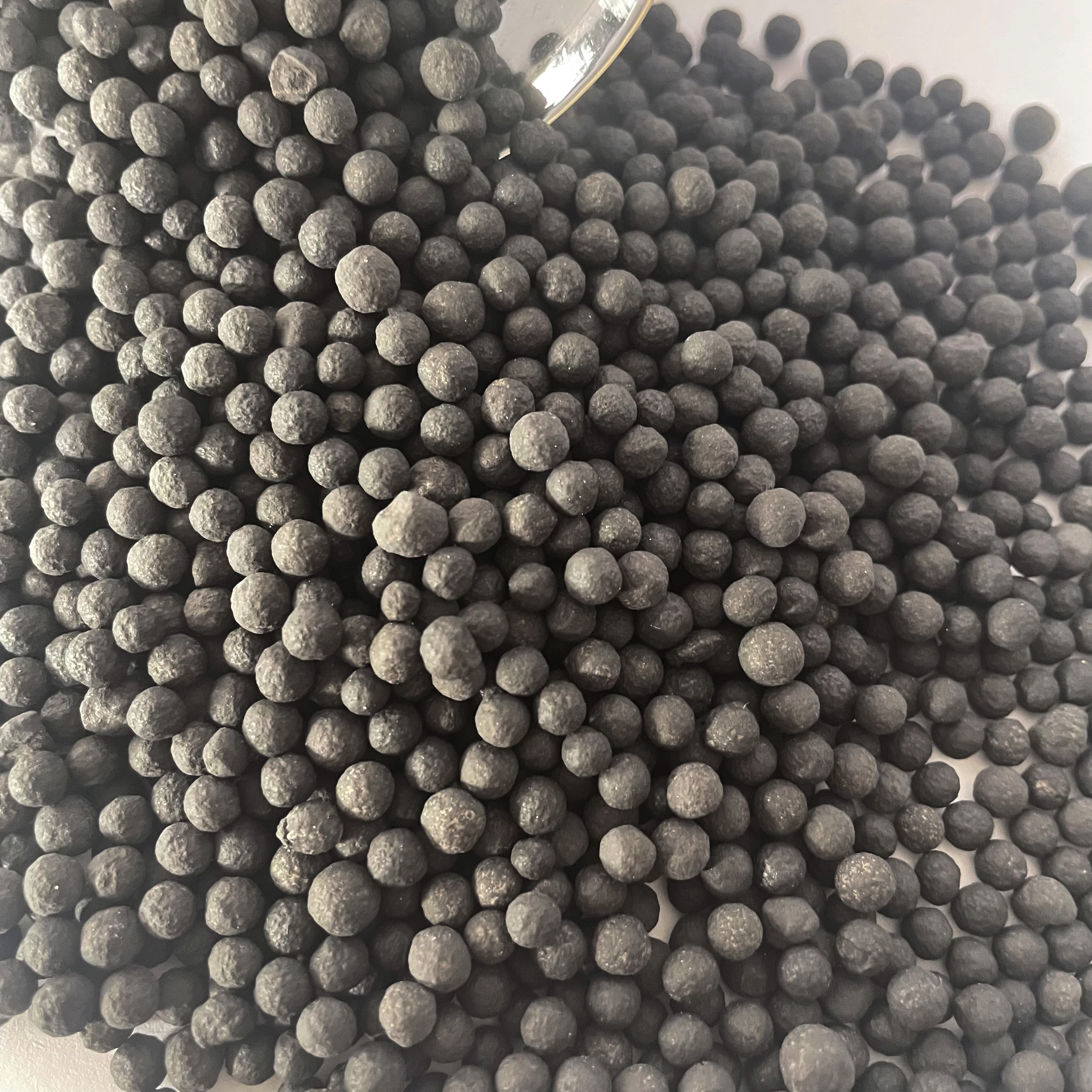
Oct . 12, 2025 10:05 Back to list
10 10 10 Fertilizer Organic – Balanced NPK, Eco-Friendly
A Practical Look at Balanced Organic 10-10-10 With Humic Acid
If you’ve been hunting for a reliably balanced input for mixed cropping or landscaping, you’ve probably stumbled on the phrase 10 10 10 fertilizer organic. The version I’ve tested lately—Organic Fertilizer Granular NPK base with Humic Acid from Hebei, China—lands in that sweet spot: simple to apply, not fussy, and, frankly, surprisingly consistent for an organic line. Origin details for the sticklers: A-713, Zhengyang city square, Chang’an district, Shijiazhuang, Hebei.

What’s moving the market
Three trends are shaping demand: regenerative soil programs, landscape specs shifting to slow-release organics, and buyers asking for traceable, humic-acid–enriched granules. Balanced 10‑10‑10 (N-P2O5-K2O) hits diversified farms, nursery liners, and sports turf with one SKU. And yes, some municipal bids now require organic matter content minimums—small detail, big impact.
Materials, process, and testing (how it’s actually made)
- Base materials: plant/animal residues, concentrated organics, and leonardite-derived humic substances.
- Method: controlled composting → maturation → NPK blending → granulation (2–4 mm) → low-temp drying → screening → dust suppression.
- Quality checks: moisture, granule size distribution, crush strength, NPK assay (AOAC methods), organic matter by loss-on-ignition, and heavy metals per national limits (referenced to FAO/WHO guidance).
- Lab practice: third-party verification often follows ISO/IEC 17025 methods; real-world use may vary by lab and region.

Technical specifications (typical)
| Parameter | Spec (≈) | Notes |
|---|---|---|
| N-P2O5-K2O | 10-10-10 target | Customizable 8-8-8 to 12-12-12 |
| Organic matter | ≥ 30% | Plant/animal derived |
| Humic acid | 8–12% | From leonardite |
| Moisture | ≤ 10% | Shelf life ≈ 24 months sealed |
| Granule size | 2–4 mm | Low dust; spinner spreaders friendly |
| pH (1:5 H2O) | 6.0–7.5 | Crop-safe range |
| Release profile | 45–60 days | Temperature- and moisture-dependent |
Applications and field notes
Use cases: vegetables, orchards, turf, ornamentals, nursery stock, and greenhouse media blending. Typical rates: 300–600 kg/ha pre-plant; 50–120 g per shrub; 3–5 kg/100 m² for lawns—adjust to soil tests. Many customers say the humic acid helps with micronutrient uptake, especially in calcareous soils. To be honest, what stood out for me was even granulation—spread width stayed tidy at ~12–15 m on a rotary spreader.

Compliance, documentation, and customization
Documents commonly provided: COA per batch, MSDS, heavy metal test results; ISO 9001/14001 and ISO/IEC 17025 lab reports may be available on request. For organic programs (OMRI/USDA NOP), check current listing status—vendors can supply letters of compliance when applicable. Custom options: micronutrient packages (Zn, B, Fe), seaweed extract, biological inoculants, and tailored NPK (e.g., 10 10 10 fertilizer organic or 9-6-12 for turf).
Vendor comparison (indicative)
| Criteria | HH Fertilizer (Hebei) | Vendor A (Importer) | Vendor B (Regional mixer) |
|---|---|---|---|
| Origin & traceability | Single-site, batch COA | Multi-source | Local raw mix |
| Customization | NPK + humic, micronutrients | Limited SKUs | Good, region-specific |
| Lead time | 2–4 weeks (≈) | Stock dependent | 1–3 weeks |
| Docs & certifications | COA/MSDS; ISO docs on request | Importer declarations | Local compliance letters |
Case notes (real-world use)
- Greenhouse tomatoes: pre-plant incorporation + drip-fed calcium later; growers reported steadier EC and fewer blossom-end issues when humic acid was present.
- Municipal turf: spring app of 10 10 10 fertilizer organic followed by slow-release 15-0-15; crews liked the low dust and predictable spread.
Storage and service life: keep dry, off concrete floors; avoid clumping by sealing between uses. Shelf life around 24 months if kept cool and dry.

Citations
- FAO. Fertilizer and Plant Nutrition Bulletin: Guidelines on fertilizer quality and safety. https://www.fao.org
- USDA National Organic Program (NOP) Handbook and input compliance. https://www.ams.usda.gov/rules-regulations/organic
- ISO/IEC 17025: General requirements for the competence of testing and calibration laboratories. https://www.iso.org
- International Fertilizer Association (IFA). Nutrient management and balanced fertilization resources. https://www.fertilizer.org
-
Sustainable Growth with Organic Phosphate Fertilizer | Benefits & Innovations
NewsNov.24,2025
-
Organic Phosphorus and Potassium Fertilizer: Sustainable Soil Nutrition & Global Impact
NewsNov.24,2025
-
Organic Phosphorus Fertilizer: Sustainable Nutrient Solutions for Modern Agriculture
NewsNov.23,2025
-
Sustainable Growth with Organic Phosphorus Plant Fertilizer | HH Fertilizer
NewsNov.23,2025
-
Organic Plant Meal Fertilizer for Sustainable Agriculture – Benefits & Innovations
NewsNov.22,2025
-
Organic Plant Root Fertilizer – Sustainable Solutions for Healthy Soils & Stronger Plants
NewsNov.22,2025
